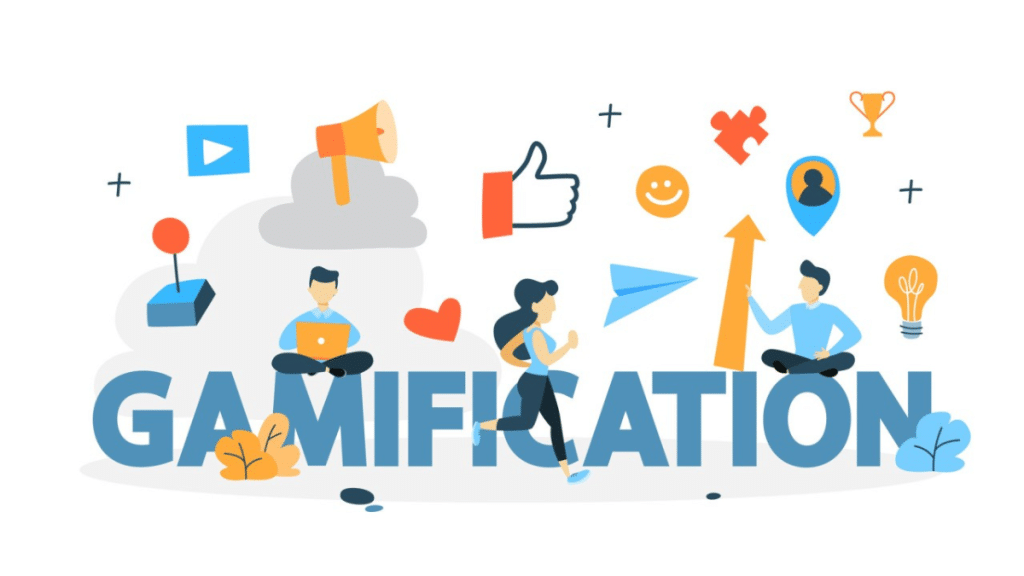Gamification is the practice of applying game elements in a non-game context. It leverages our intrinsic attraction to games, competition, and reward. Companies are turning boring activities into fun ones with points, badges, leaderboards, and challenges.
The Effect of Gamification on User Behaviour
Increased Engagement
Gamification has a most tangible, real-world impact on user engagement. Gamifying commonplace actions encourages users to engage longer. In language-learning applications such as Duolingo, the app incentivizes users to use the app every day by enforcing the daily streak and awarding XP points to help the users build a habit of consistent practice.
Motivation Boost
Gamification creates transparency with clear goals and immediate feedback, which, in turn, motivates users. The more users see their progress — and get rewarded for it — the more likely they are to continue doing what you want them to do. An example is fitness apps (such as Fitbit) that award badges for achieving targets, which introduces an element of user competition.
Enhanced Learning and Development of Skills
Gamification adds an interactive element to education and corporate training, making learning more impactful. When presented in a game format, information is more likely to remain in the minds of students and employees. Nowadays, all of the e-learning platforms have some sort of quizzes, progress bars, and achievement levels to keep learners engaged.
Enhanced Customer Loyalty
Companies are relying on gamification to strengthen their relationships with customers. Loyalty programs have evolved from earnest but straightforward point collection systems to ones that utilize challenges, tiers, and exclusive rewards to engage consumers. For example, Starbucks provides users with rewards for their coffee purchases, which converts this task into a fun game where drink purchases turn into “stars” you can earn and then redeem for free stuff.
Gamification Across Industries
Although gamification was first found in online casinos, its influence now spans multiple industries:
Retail and E-commerce
Online shopping platforms use gamification to enrich the customer experience. There are websites that provide spin-the-wheel discount deals or treasure hunts for exclusive offers, all capping off to an exciting shopping expedition.
Healthcare
Gamified health and wellness apps promote healthier behaviours. It transforms the road to health into an enjoyable game where users get points for exercising, eating healthy, or meditating.
Finance
Banks and investment apps are creating a sense of fun around financial management and planning. There are some apps that help improve money habits by rewarding users for saving or completing financial education modules.
Workplace Productivity
More and more companies are gamifying traditional workflows and processes to ensure better workplace productivity and engagement of employees. Task management tools incorporate progress bars, milestones, awards, and team leaderboards to make work more fun and collaborative.
Education
Gamification in education is bringing forth the fun and excitement to offer an engaging learning experience for students. Gamified learning is enabling students to better retain information and stay motivated — from language apps to coding platforms.
Final Words
Originally found in online casinos, gamification has become a highly effective way to influence user behaviour across industries. Businesses are using gamification as a way to tap into our natural love of games, challenges, and rewards. As this trend grows, we can hopefully get to a time where every daily routine may not feel tedious at all.
